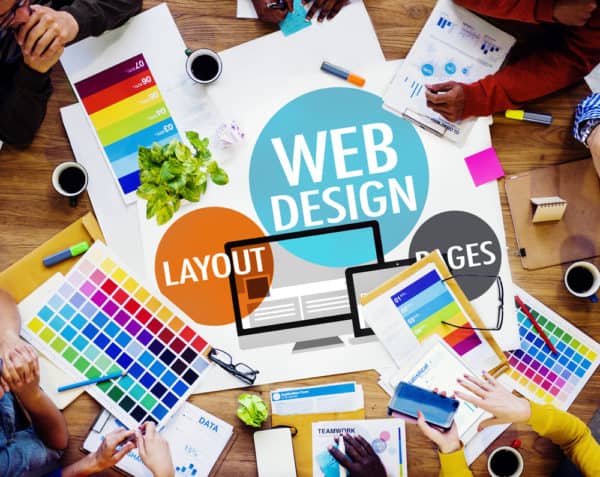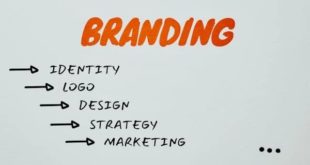If you’ve ever got mad at a software for not doing what you’re telling it to do, shouted to a screen because a command was harder to execute than it has the right to be, or uninstalled an app due to its horrible performance, then you already know the importance of User Experience (UX). However, do you know what UX actually is?
Even when the name itself is pretty telling, the concept of UX is hard to fully grasp. Blame it on the multidisciplinary approach that has everyone from programmers and designers to stakeholders and IT outsourcing services watching out for it. Or maybe the lack of understanding around the notion of UX lies in the fact that it shifts the focus from the company’s vision to the end user’s satisfaction.

Since there are a lot of misconceptions and misunderstandings surrounding it, let’s review what it means to work with UX and how you should tackle it in your next development project.
What is UX design, basically?
A dictionary-like definition could be that “UX design is the process of creating products capable of providing satisfactory and valuable experiences to their users”. In plain terms, it’s designing the interaction between the user and the product and all that relationship implies, from everyday use to maintenance and help instances.
As such, people working on UX are designing an experience that takes into account almost every possible interaction with the goal of providing a satisfactory outcome. In other words, the team working on UX is in charge of that feeling of delight you get when you work with a well-thought software.
For that to happen, designers, engineers, testers, stakeholders, managers, IT outsourcing companies and everyone involved have to approach the design from multiple angles. They have to think about the target audience’s behavior and their psychology, technical possibilities and limitations, marketing strategies, market data, usability metrics, and many other facets. It’s not an easy task—but is essential for the success of any modern product, especially software.
What isn’t UX?
Since UX is so encompassing, it’s easy for people to get confused and think of it as including certain tasks or aspects that aren’t part of its process. One of the most common misconceptions has people thinking of UX as if it was the same as
That’s why is so important to highlight the differences between UX and UI. To make it easy, it’s enough for you to know that UI is a part of the UX process. UI is about designing an interface, how it looks and structures. It’s about picking the right buttons, verification fields, colors, and texts. The goal of UI is for users to take a look at a program and understand how they can easily use it.
UI design is like designing a home. You know you have to enter through the door, open a window if you want more air or light, or go to the bedroom to find the bed. That’s what the inhabitants expect and usually do, so it makes sense to design a home with a door, a window, and different rooms.
For its part, UX is about taking that home and turning it into a nice place to live in. It’s about creating nice atmospheres through the combination of the colors on the wall, the lighting fixtures you pick, the smart thermostat you install, the logic behind how rooms are arranged.
Now that we have that out of the way, let’s look at three of the most important things you have to keep in mind to truly understand what UX is and how you, your team, and your IT offshore outsourcing company can tackle it.
1 – UX design is multidisciplinary
Don’t let the word “design” throw you off. This is a process that goes beyond designers. In fact, UX design is a collaborative effort between designers, developers, managers, executives, and users. The expertise of all those roles comes into play when designing a product’s experience because each of them has an insight that will contribute to the product’s success.
From contemplating the business side of things with the help of executives and stakeholders to including the crucial feedback of selected members of the target audience, UX is a task that will need you to work with the rest of your team.
2 – UX design is a process that’s never finished
Though there may be people out there that will tell you otherwise, setting a UX design process in stone is surely a mistake. That’s because UX design is a process that keeps evolving and changing with each new product iteration. This basically means two things. On one hand, it means that you won’t be able to get your product’s UX right in your first try. You’ll have to work on a prototype filled with hypotheses and assumptions that will have to be checked by the rest of the team and the end-users to keep growing.
On the other hand, believing that your work is done once you reached a UX that’s satisfying your users is wrong. People change. Technology changes. Circumstances change. There may be developments that disrupt your software niche, your whole industry or even the whole society. What do you think happened when the first touchscreen devices emerged? The very notion of UX was shattered and had to be redefined.
3 – UX design doesn’t follow a recipe
Another thing some people like to believe is that there’s a magic one-size-fits-all solution when it comes to UX design. In fact, some like to think that a successful UX design can be retraced and used in the context of another project without any major issues. That’s simply not true. Each project calls for its own UX design process.
That’s sort of a given when you think about it. Though the goal of UX remains the same regardless of the project, each product has its own requirements, features, functions and, most importantly, end-users. The needs of each project will dictate and define what you and your team can understand as a satisfactory experience, something that can’t be summed up in a formula.
Summing up – the one thing you have to remember
When it comes to UX, there are plenty of things to consider. Understanding design as a multidisciplinary effort, seeing it as a never-ending process, and addressing the specificities of each project are key to UX success. Yet, there’s a simpler way to remember what UX is all about. One simple goal that can lead you and your team to the promised land. Here it goes.
UX design is all about the end-user.
This is the only thing you have to remind yourself and your team. Even when you’re convinced that a product has to work in a certain way, you have to consider that end-users may not share that conviction and even feel very different. You’re not your end-user, so having your end-users’ wishes and needs at hand will certainly be a better guide than all your preconceptions. That’s probably the main take you have to embrace if you really want to understand how to successfully design a user experience.
 Gearfuse Technology, Science, Culture & More
Gearfuse Technology, Science, Culture & More


